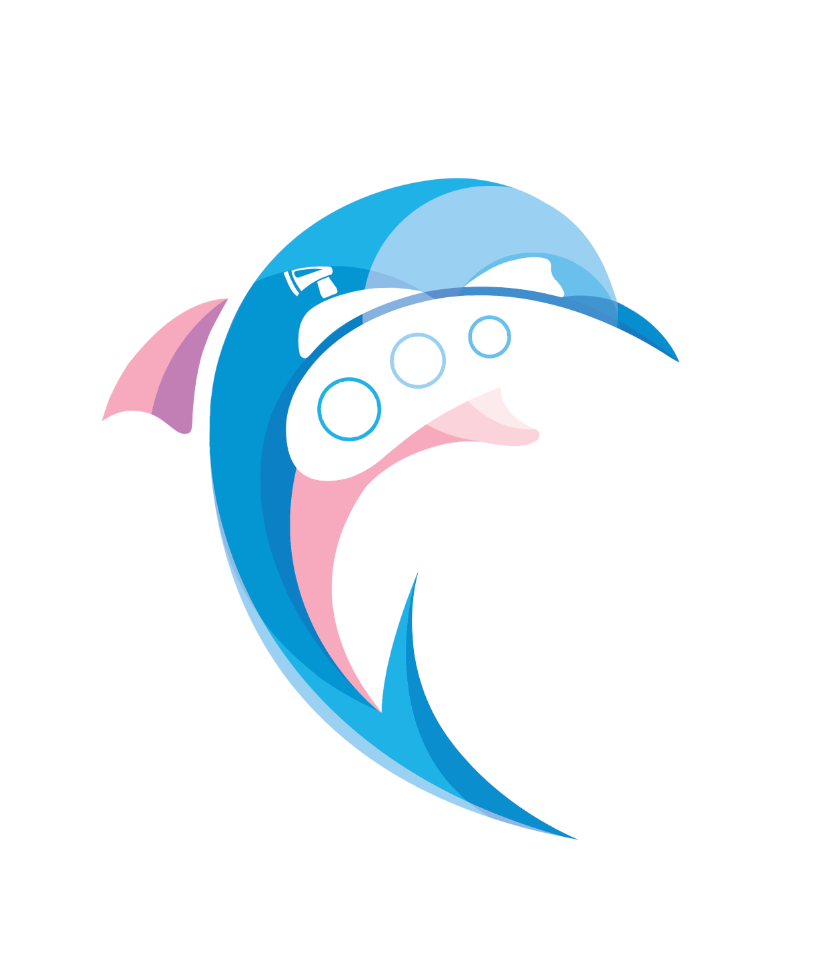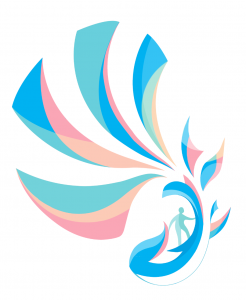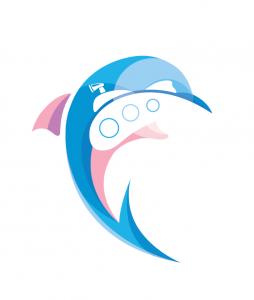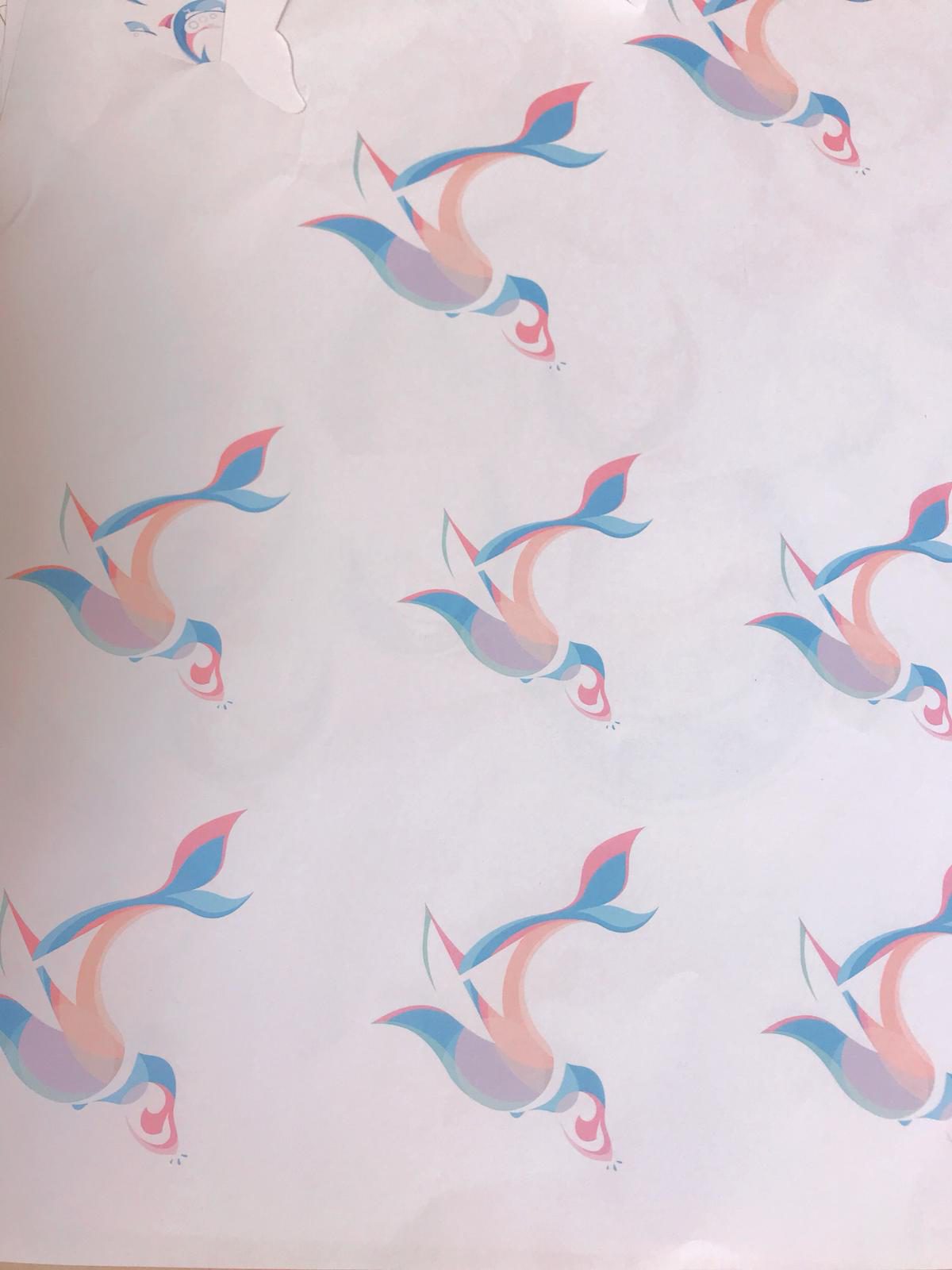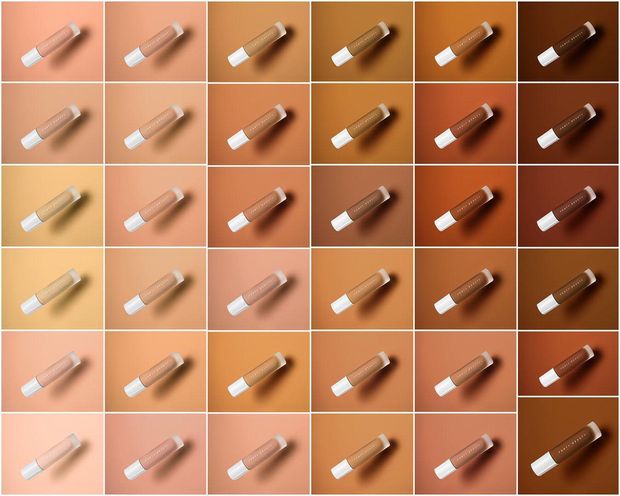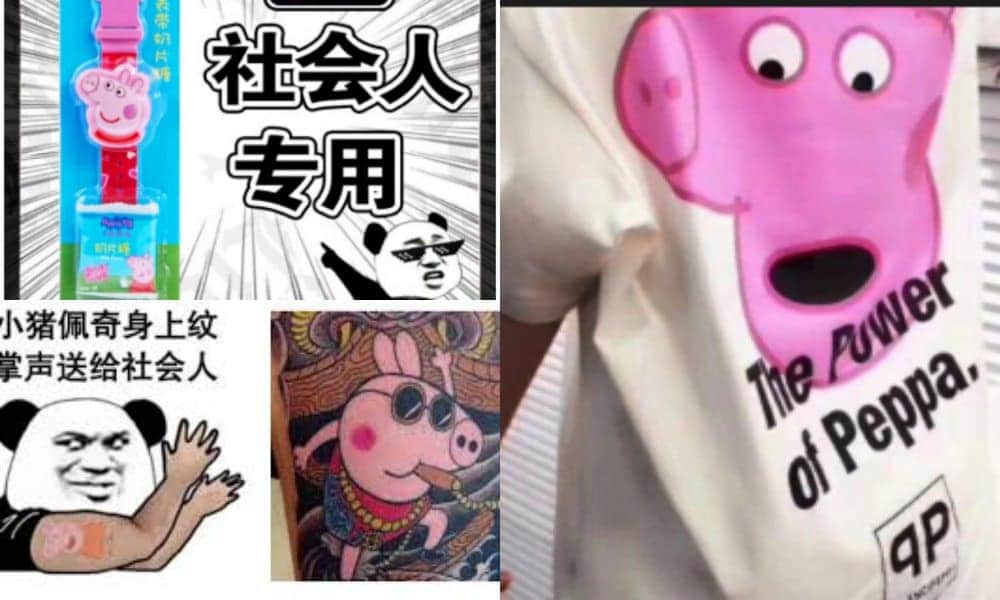Conceptualization
Because this project requires the use of gestalt to fuse two images together, with clear distinction of figure and ground, i started to research into easily recognizable images with clearly defined shapes.
At the same time i started to make mind maps connecting different concepts in which i thought would best represent hope. Below you can see that there are many different concepts, focusing in flight, water, and space.
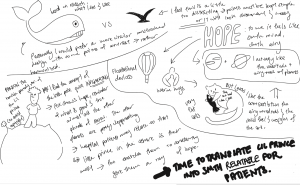 Originally, i started off with the idea of little prince, using space motifs like planets to represent hopes and aspirations of the patients. However, that design idea was scrapped because the circular shapes of the planets were too circular, lacking in contrast and an interesting silhouette.
Originally, i started off with the idea of little prince, using space motifs like planets to represent hopes and aspirations of the patients. However, that design idea was scrapped because the circular shapes of the planets were too circular, lacking in contrast and an interesting silhouette.
I began to do more research, developing a design that made use of curves and at the same time retained contrasting angles. The concept of contrast, both in the design sense, and the conceptual sense, intrigued me. I felt that through utilizing contrast, I could create a design that truly resonates with the patients– for the patients live a life of constant juxtaposition of illness and health.
In the end, I ended up choosing the concept of Water, expounding on it and creating a contrasting dichotomy between two opposing forces- Man and Nature. I used the water motif to represent the harsh forces of nature, how insurmountable and challenging it seems. This reflects the reality of patients, constantly struggling over their illness. Even faced with such challenges, the patients bravely fight on, like humans who try to tame the waves.
The surfers, the submarine- navigators, and the yacht-sailors are just mere, weak humans, trying so hard to go against the currents of nature, pushing forward with their weak human bodies, against the cruel and uncaring brutal strength of nature. Even before the humans existed, and after the humans die, the waves have and will still exist, laughing at the face if the small, insignificant splashes made by human effort. But these people don’t back down, and neither do they give up, knowing the futility.
With this understanding and this layer of meaning, these imageries have close parallels to the patients’ journey and almost act as metaphors. Thus i chose these images to create my graphic form.
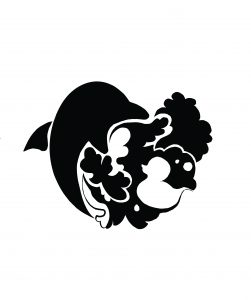
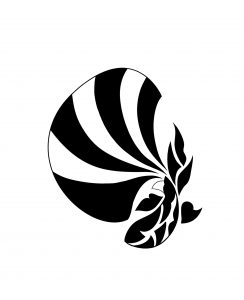
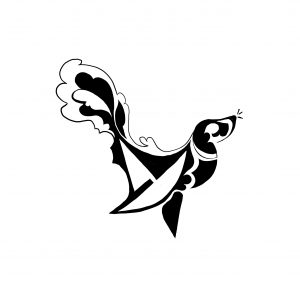
Initially, i had a very hard time coming up with graphic designs. My shapes tended to very towards the illustrative, as they were too detail oriented. After consulting with Michael, and comments from friends, I realized that the details, although adding flourish to the design, create too many focal points around the design, and confuse the viewer’s gaze.
after many trials, i finally was able to simplify my designs into clean graphical strokes. I attempted to design according to the Fibonacci spiral and golden ratio circles, creating designs with leading lines that highlight the blending of figure and ground.
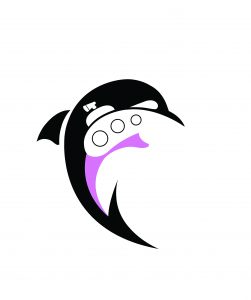
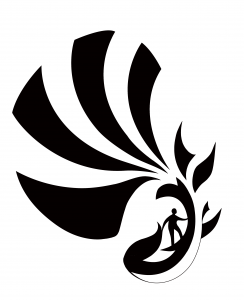
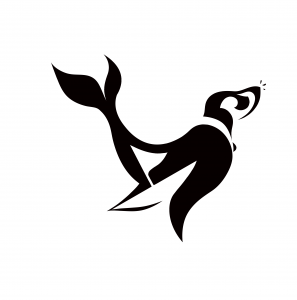 The nature motif, represented by aquatic animals, makes up the positive space, and the human is the negative space, almost like the human effort is trying to chip and erode away some of nature’s power from within.
The nature motif, represented by aquatic animals, makes up the positive space, and the human is the negative space, almost like the human effort is trying to chip and erode away some of nature’s power from within.
when adding color, I initially attempted to use gradiented pastels to create the soft and airy look. I wanted my colors to blend together harmoniously, to provide feelings of peace, serenity and encouragement. However, this idea was rejected became Michael explained to me the nature of logo design would be to have simple and crisp colors to save on printing cost.
Thus i looked into forming crisp sharp lines, aligning with the golden ratio, to block out colors in the positive space of my graphic form.
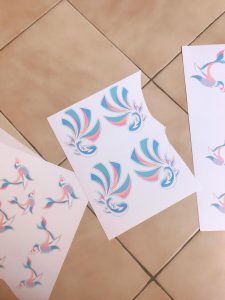
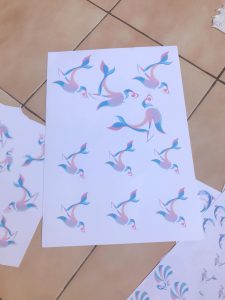
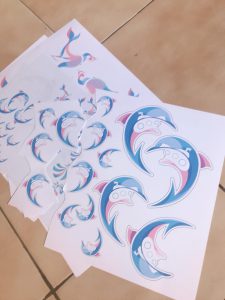
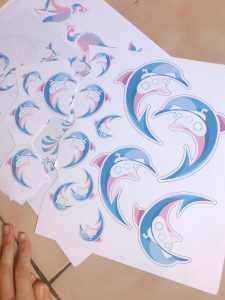
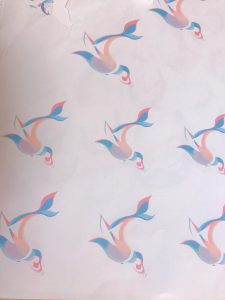
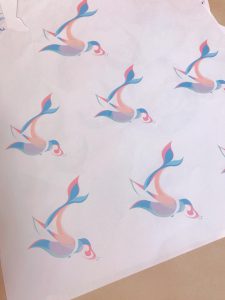
final images and a video of my mobile can be found here:
Mobile of Hope : FINAL
